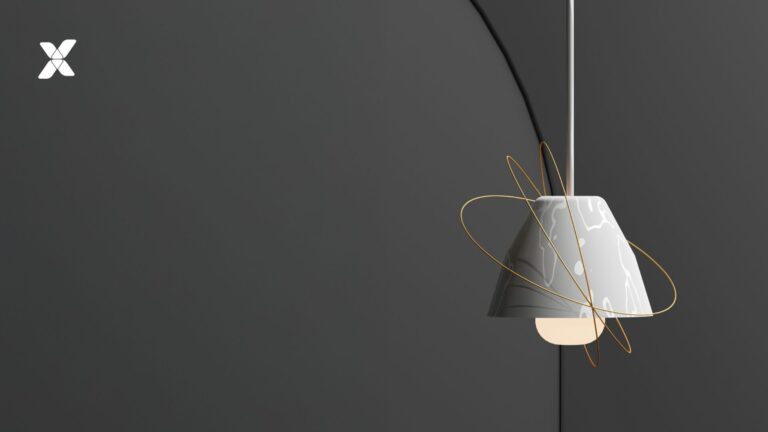Google is rolling out a new set of signals called Core Web Vitals in May. These are part of the new page experience signals and will take into account the website’s loading speed, interactiveness, and visual stability in its rankings. Core Web Vitals are likely to become an important ranking factor for Google Search.
Google has introduced multiple tools that measure and report on performance over the years. They are now streamlining this by highlighting the metrics that matter the most–the Core Web Vitals.
Core Web Vitals consist of Largest Contentful Paint (LCP), First Input Delay (FID), and Cumulative Layout Shift (CLS). Paying attention to these factors when developing a new site or updating an existing one will improve your search ranking on Google. Google strives for the best experience for users and is factoring in these measures to ensure an excellent on-page experience.
Core Web Vitals apply to all web pages and should be measured by all site owners. All of these metrics have a proven effect on user experience. As the habits and expectations of users change and ways for developers to measure the quality of experience improve, the Core Web Vitals will also evolve.
Largest Contentful Paint (LCP)
LCP refers to your page’s loading performance. It does not use the pages regular loading speed, but rather the perceived loading speed–how long it takes your page to display elements that are essential for the user and will be seen first. LCP is based on the time it takes the largest element above the fold to load.
A general benchmark for website loading above the fold is 2.5 seconds. This includes displaying everything in the first frame, including images and videos. Anything longer than that will increase the perceived loading speed and increase the bounce rate.
First Input Delay (FID)
FID is a metric for the responsiveness of your site. It is measured by how long it takes the browser to respond to the user’s first interaction.
It is likely that a user taking action is interested in what you are offering and is far along the digital customer journey, considering a purchase. Slow responsiveness on your site can be frustrating for the customer and could be the difference between capturing a lead or sale and losing the customer at the finish line. The benchmark for a good website’s FID is less than 100ms.
Cumulative Layout Shift (CLS)
CLS refers to the visual stability of your website. It is measured by the frequency of unexpected layout changes and your site’s visual stability overall.
Having buttons, ads, or videos load and change the website’s layout makes it difficult for your user to keep track of the content they were consuming or interact with your website with links or buttons. The goal for CLS is to have the score as close to 0 as possible (under 0.1), minimising the layout shifts and improving the customer experience.
Source: https://support.google.com/webmasters/answer/9205520?hl=en
How to Know if You Need to Improve Core Web Vitals
Suppose you are already providing an excellent quality on-page experience for your users. In that case, you may not need to do anything differently to benefit from the Core Web Vitals ranking factor.
There are multiple ways you can measure Core Web Vitals to find out how your sites are performing.
Google Search Console
On Google Search Console, the Speed Test report has been replaced by the Core Web Vitals report. This report is based on all three measurements: Largest Contentful Paint (LCP), First Input Delay (FID), and Cumulative Layout Shift (CLS).
The report will tell you the number of URLs that are good, need improvement, or are poor, for mobile and desktop. You can also easily see the metric which does not meet the goals, making it easy to find, prioritise, and fix the problems. There is also the option of a ‘validate’ button, which will update the report to verify your progress and whether the problem has been fixed.
You can also easily track your Core Web Vitals on the Google Search Console by looking at each web property on a case-to-case basis.
Google PageSpeed Insights
Google PageSpeed Insights shows the site’s performance from the Real User Monitoring and lab perspective.
You will get the monitoring results for Largest Contentful Paint (LCP), First Input Delay (FID), and Cumulative Layout Shift (CLS), as well as First Contentful Paint (FCP) over the last 28 days. You should aim to hit the recommended target for most of your users–aim for 75% of page loads in the good threshold.
Google PageSpeed also has a lab data report from Lighthouse. The lab data report shows the estimated speeds for First Contentful Paint (FCP), Speed Index, Largest Contentful Pain (LCP), Time to Interactive, Total Blocking Time, and your Cumulative Layout Shift (CLS).
You will be able to look at your website’s performance separately for Mobile and Desktop. You can easily see whether your site has passed the Core Web VItals assessment and will get suggestions for improving your site speed and experience.
How to Improve Core Web Vitals
Largest Contentful Paint (LCP)
Reduce the amount of content you display on the top of your page. Include only the critical information and move everything else below the fold.
First Input Delay (FID)
- Reduce third-party code impact. Many different processes happening simultaneously could increase the responsiveness of your site.
- Ensure you only send the code your users need and remove anything unnecessary to reduce JavaScript execution time.
- Cut the complexity of your style and layouts to minimise the main thread work.
- Make sure you are not transferring large files and keep request counts low.
Cumulative Layout Shift (CLS)
- Pay attention to the size attributes of all media, and make sure to leave the right amount of space for your content before it loads.
- Reduce transform animations as these may trigger layout changes.
Better Core Web Vitals = Increased Sales
Vodafone, a leading telecommunications company in Europe and Africa, ran an A/B test focused on optimising the Core Web Vitals.
A 31% improvement in Largest Contentful Paint (LCP) led to
- 8% more sales
- 15% improvement in lead to visit rate
- 11% improvement in cart to visit rate
This shows that good Core Web Vitals will not only help you rank higher on Google but can benefit you directly through a better user experience.
Key Takeaways
- Core Web Vitals are the measures Google has highlighted as crucial for providing a great user experience
- Core Web Vitals consist of Largest Contentful Paint (LCP), First Input Delay (FID), and Cumulative Layout Shift (CLS) and will affect your Google Search ranking
- Google Search Console and Google PageSpeed Insights are a good way to measure your site’s performance
- Improving your Core Web Vitals improves the user experience and can lead to an increase in sales
Start Optimising Your Core Web Vitals
Here at Vaimo, we are constantly optimising our clients’ sites for Core Web Vitals. We use a variety of tools to measure our client stores’ page speed 24 hours a day, 365 days a year, to ensure any drops in performance are addressed quickly. Our internal monitoring systems are robust and complimented by third-party tools like New Relic and BlackFire to provide custom monitoring for business-critical services.
As a global expert in driving excellence in digital commerce, we have worked with clients such as Heineken, Jaguar, Champion, Helly Hansen, and Jack Daniel’s to provide the top solutions for their eCommerce needs.
Want to know how Vaimo can help improve your site’s performance and user experience? Click here to contact our team.








